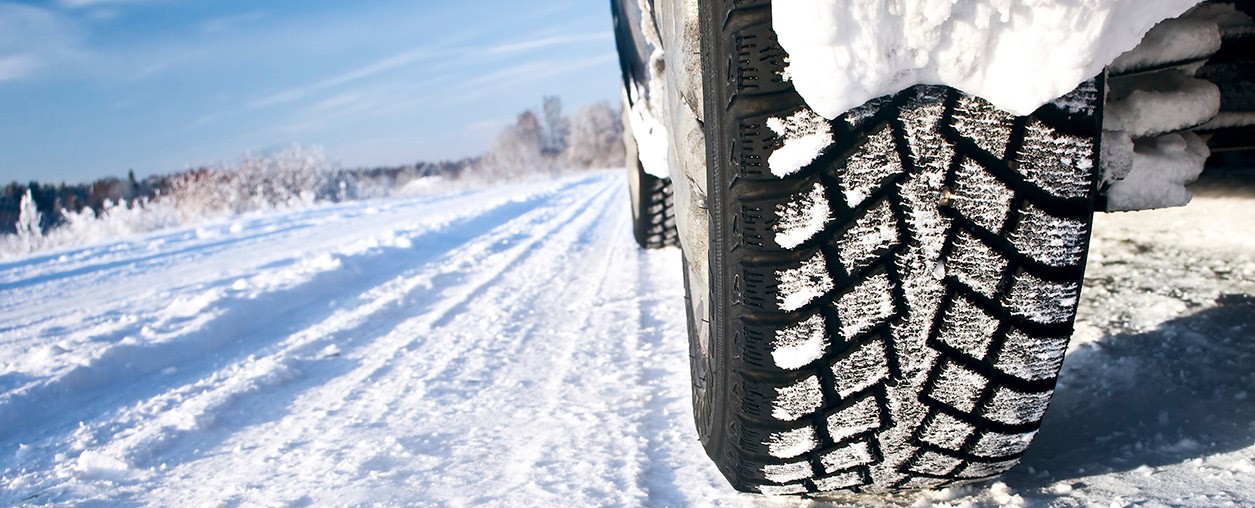
Over the Winter season months, snow and ice may make driving situations a tad hazardous.
When ice forms on the highway it will make the floor slippery, so It really is difficult with the wheels on a vehicle to grip on to the highway surface area.
Putting grit down stops ice and snow from forming and will cause current ice or snow to soften - so there aren't any slippery surfaces, and vehicles can travel on them!
Frost and ice form when water freezes. Salt spread on roads and pedestrian parts mixes with any moisture and makes a saline solution. Saline mixes freeze at a lower temperature than water, so frost and ice would not form around the road, Despite the fact that the temperature is below freezing for water. It really is for exactly the same rationale why salty sea water freezes at a reduced temperature than fresh new water. The actual freezing stage of a saline mixture is dependent upon the salinity (strength) of your saline solution.
The applicable volume of salt is spread here over the roads to be certain, as much as possible, that the salinity of any moisture over the roads is adequate enough to prevent the formation of frost and ice.
At temperatures underneath minus 6 degrees the performance of the salt is diminished.
We have all witnessed the massive gritter machines carrying out their job on frosty roads, and here having the ability to utilize grit as rapidly as is possible really helps continue to keep surfaces Safe and sound and traffic flowing easily throughout colder spells. It is possible to utilize grit at any stage, but acquiring it down quicker will frequently reap more effective benefits. Grit can keep over the surface for a number of days; even so, as vehicle traffic passes over it, it might be worn off or carried off in melted ice, so normal reapplication is wise.
When streets freeze over, they may become lined by a skinny layer of smooth ice that is virtually invisible to the human eye. This is called black ice and is much more unsafe than coatings of frost or snow, resulting from its not enough visibility. Vehicles and pedestrians alike can be caught unaware by black ice, especially in locations exactly where it really is patchy and so much more unpredictable.